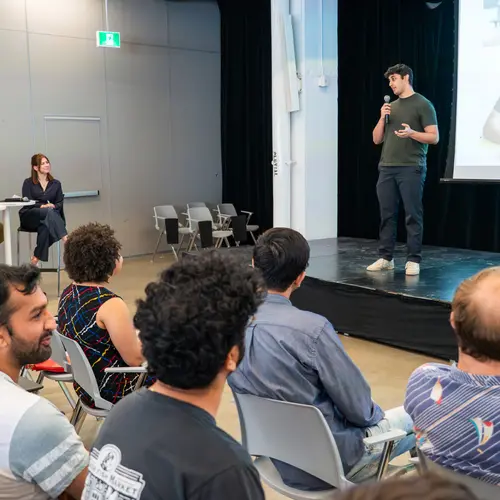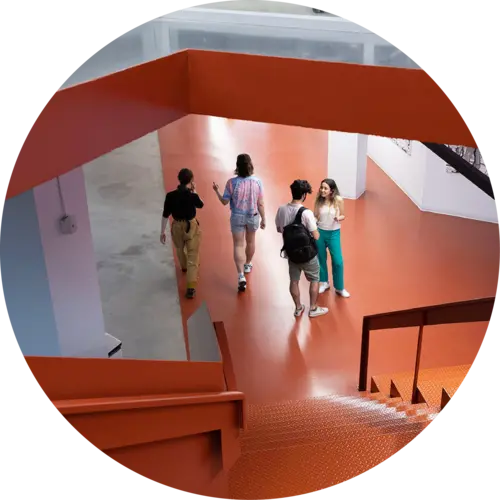
Guillaume Dumas
Biography
Guillaume Dumas is an associate professor of computational psychiatry in the Faculty of Medicine, Université de Montréal, and principal investigator in the Precision Psychiatry and Social Physiology laboratory at the Centre hospitalier universitaire (CHU) Sainte-Justine Research Centre. He holds the IVADO professorship for AI in Mental Health, and the Fonds de recherche du Québec - Santé (FRQS) J1 in AI and Digital Health. In 2023, Dumas was recognized as a CIFAR Azrieli Global Scholar – Brain, Mind, and Consciousness program, and nominated as a Future Leader in Canadian Brain Research by the Brain Canada Foundation.
Dumas was previously a permanent researcher in neuroscience and computational biology at the Institut Pasteur (Paris). Before that, he was a postdoctoral fellow at the Center for Complex Systems and Brain Sciences (Florida Atlanta University). He holds an engineering degree in advanced engineering and computer science (École Centrale Paris), two MSc degrees (theoretical physics, Paris-Saclay University; cognitive science, ENS/EHESS/Paris 5), and a PhD in cognitive neuroscience (Sorbonne University).
The goal of his research is to cross-fertilize AI/ML, cognitive neuroscience and digital medicine through an interdisciplinary program with two main axes:
- AI/ML for Mental Health, which aims to create new algorithms to investigate the development of human cognitive architecture and deliver personalized medicine in neuropsychiatry using data from genomes to smartphones.
- Social Neuroscience for AI/ML, which translates basic brain research and dynamical systems formalism into neurocomputational and machine learning hybrid models (NeuroML) and machines with social learning abilities (Social NeuroAI & HMI).


